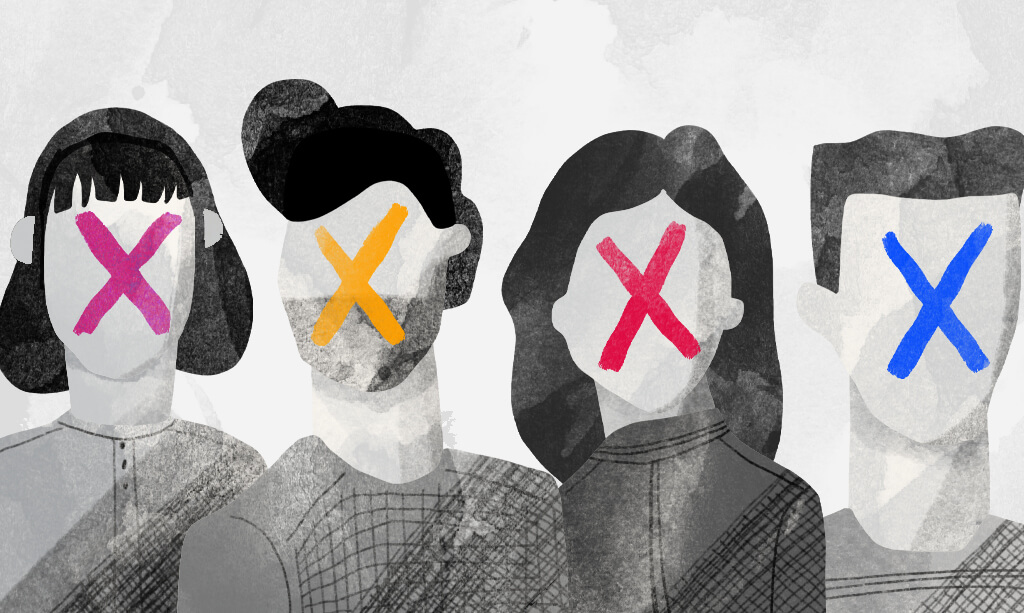More than ever, people are connected globally. The days of the long process of printing news and delivering it to individual houses and post box offices via mail are fleeting. With current technology, the Journalism field has been forced to go through a major transformation: from physical, tangible news to digital, cyber-media. The faster news is delivered, the more people worldwide feel involved with those around them. The moment an event occurs, people instantly know that it has happened, and it quickly becomes old news, archived in their minds. With this collective, exponentially-growing hive mind, information overload is a problem. There is a modern day solution to this age-old need of feeling like are in touch with the rest of mankind, and this solution is called Twitter.
Twitter, a social networking and micro-blogging service has taken the once massive and mysterious world and shrunken it into a network of interconnected people. Like birds tweets to communicate about their hardships and victories, internet users are now using Twitter to communicate with their friends and colleagues. By answering the simple question “What are you doing?”, the masses are revealing their inner thoughts to followers, or people whom their lives are important to. Eliminating the secrecy and privacy of old, Twitter allows people to be linked together into a common consciousness. Never before has the world been so united with citizens of the world communicating in one compact medium, one service. This service, Twitter, is often described as the ‘SMS of Internet’ in that the site provides the back-end functionality to other desktop and web-based applications to send and receive short text messages. This compatibility with various devices including iPhones, cell phones, and BlackBerries greatly extends the reach of the free service. By writing Tweets, or text-based posts of up to 140 bytes in length, you can easily tell the world what you are thinking.
With Twitter, you can easily tell the entire world about something that is intriguing to you. Have you discovered a small, unknown band that the whole world should listen to? Given that you have a few Followers, if you Tweet about your love for this new band, others will be instantly notified of this. If they like the music, they can pass it onto their Followers, who can then pass it on to their friends. It is quite simple to gain a following. Tweet about things that interest you, and given enough time, people with similar interests will be sure to follow you. Like a modern day game of telephone, chains of friends can pass on information, with the message being slightly improved every time. Follow this logic and grab a calculator: one person Tweets inviting people to their party. They have ten followers, and all ten Re-Tweet the message to each of their ten followers. Each of their followers have ten followers, which they Re-Tweet to again. Already, there are one thousand (103) people that could potentially meet at the party. With this exponential spreading of news, it is no secret that Twitter has been booming in its popularity.
As of March 2009, Twitter has received more visibility and popularity worldwide. Research reported in New Scientist found that blogs, maps, photo sites and instant messaging systems like Twitter did a better job of getting information out during emergencies such as the shootings at Virginia Tech than either the traditional news media or government emergency services. The instantaneous news delivery format that the Twitter service provides may very well be the future of news, or as it should be called, micro-news. As bits of information all over the world, or Tweets, accumulate, a compact image of the human species develops into a hopeful vision for the future.
As of March 2009, Twitter has received more visibility and popularity worldwide. Research reported in New Scientist found that blogs, maps, photo sites and instant messaging systems like Twitter did a better job of getting information out during emergencies such as the shootings at Virginia Tech than either the traditional news media or government emergency services. The instantaneous news delivery format that the Twitter service provides may very well be the future of news, or as it should be called, micro-news. As bits of information all over the world, or Tweets, accumulate, a compact image of the human species develops into a hopeful vision for the future.
Be sure to check out the complementary Rebellious Technology: Twitter show now online at WHSTheRebellion.com!








